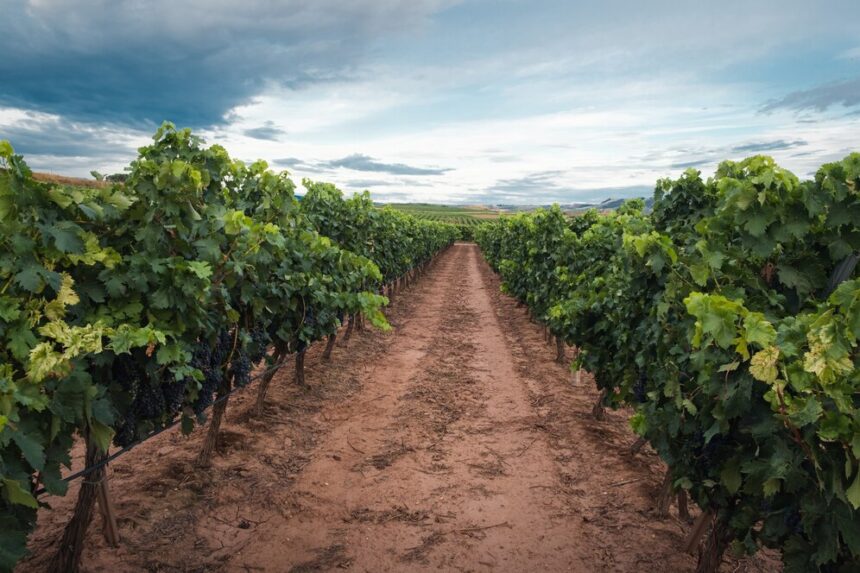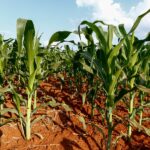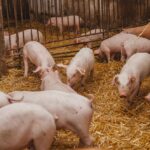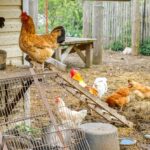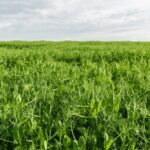Irrigation plays a crucial role in grape production, particularly in regions with irregular rainfall or dry climates. Two common irrigation systems used in vineyards are drip irrigation and overhead irrigation. Each system offers its own advantages and drawbacks depending on factors like climate, soil type, grape variety, and the grower’s goals.
This article compares these two irrigation methods to help vineyard managers and grape growers make informed decisions on how best to irrigate their grapevines.
Drip Irrigation: Precision and Efficiency
Drip irrigation involves delivering water directly to the base of each grapevine through a network of pipes and emitters. This system is designed to apply small amounts of water slowly, allowing it to penetrate the root zone efficiently.
Advantages of Drip Irrigation
- Water Efficiency: Drip systems use significantly less water by targeting only the root area, reducing evaporation and runoff.
- Disease Control: Since the foliage and fruit remain dry, the risk of fungal diseases like powdery mildew and botrytis is reduced.
- Fertilizer Application: Fertilizers can be applied through the system (fertigation), allowing precise nutrient delivery directly to the root zone.
- Soil Health: Minimal soil disturbance helps maintain healthy microbial activity and reduces erosion.
Disadvantages of Drip Irrigation
- Initial Cost: Installation can be expensive due to the need for pipes, emitters, filters, and pressure regulators.
- Clogging Issues: Emitters can clog, especially if the water contains sediments or minerals, requiring regular maintenance.
- Limited Coverage: Drip irrigation waters a smaller soil volume, which might not be ideal for young vines with shallow roots.
Overhead Irrigation: Broad Coverage and Simplicity
Overhead irrigation systems use sprinklers to spray water over the vines and soil. This method is common in traditional agriculture and is often used in areas with sandy soils or high temperatures.
Advantages of Overhead Irrigation
- Simple Design: Easier and less costly to set up compared to drip systems, especially for large, flat vineyards.
- Uniform Soil Moisture: Covers a larger area, helping to moisten the entire root zone, which is beneficial for younger vines.
- Cooling Effect: Overhead sprinklers can reduce canopy temperature during extreme heat, protecting vines from heat stress.
- Frost Protection: In some regions, overhead irrigation is used as a frost control method by maintaining a stable temperature on vine buds.
Disadvantages of Overhead Irrigation
- High Water Usage: This system is less water-efficient due to evaporation, runoff, and wind drift.
- Increased Disease Risk: Wetting the leaves and fruit increases the risk of fungal diseases, especially in humid conditions.
- Soil Compaction and Erosion: Constant surface wetting can compact the soil or cause erosion, affecting vine health over time.
- Inefficiency in Windy Conditions: Wind can alter the distribution of water, resulting in uneven watering.
Which Irrigation Method is Better for Grapes?
The choice between drip and overhead irrigation depends on several factors:
- Climate: Drip irrigation is better suited for arid and semi-arid climates where water conservation is a priority. Overhead irrigation might be useful in regions prone to heatwaves or late frosts.
- Disease Pressure: In humid or disease-prone areas, drip irrigation is preferred to reduce the moisture on leaves and fruit.
- Soil Type: Sandy soils may benefit from overhead irrigation due to their quick drainage, while clay or loam soils are more compatible with drip systems.
- Cost and Maintenance: While overhead systems may be cheaper upfront, drip irrigation often proves more cost-effective in the long run due to lower water use and disease control.
- Vine Age and Development: Young vines with shallow roots may benefit from the broader moisture coverage of overhead systems, while mature vines thrive with the targeted approach of drip irrigation.
Both drip and overhead irrigation methods can be used effectively in grape farming, but their suitability depends on the specific needs of the vineyard. For water efficiency, disease management, and long-term sustainability, drip irrigation often stands out as the preferred choice. However, overhead irrigation still has its place, especially in specific climates or during certain growth stages.
Ultimately, a hybrid approach or a carefully managed system tailored to local conditions can provide the best results, helping grape growers maximize yield and maintain vine health year after year.
Join 'Farmers Mag' WhatsApp Channel
Get the latest Farming news and tips delivered straight to your WhatsApp
CLICK HERE TO JOIN
